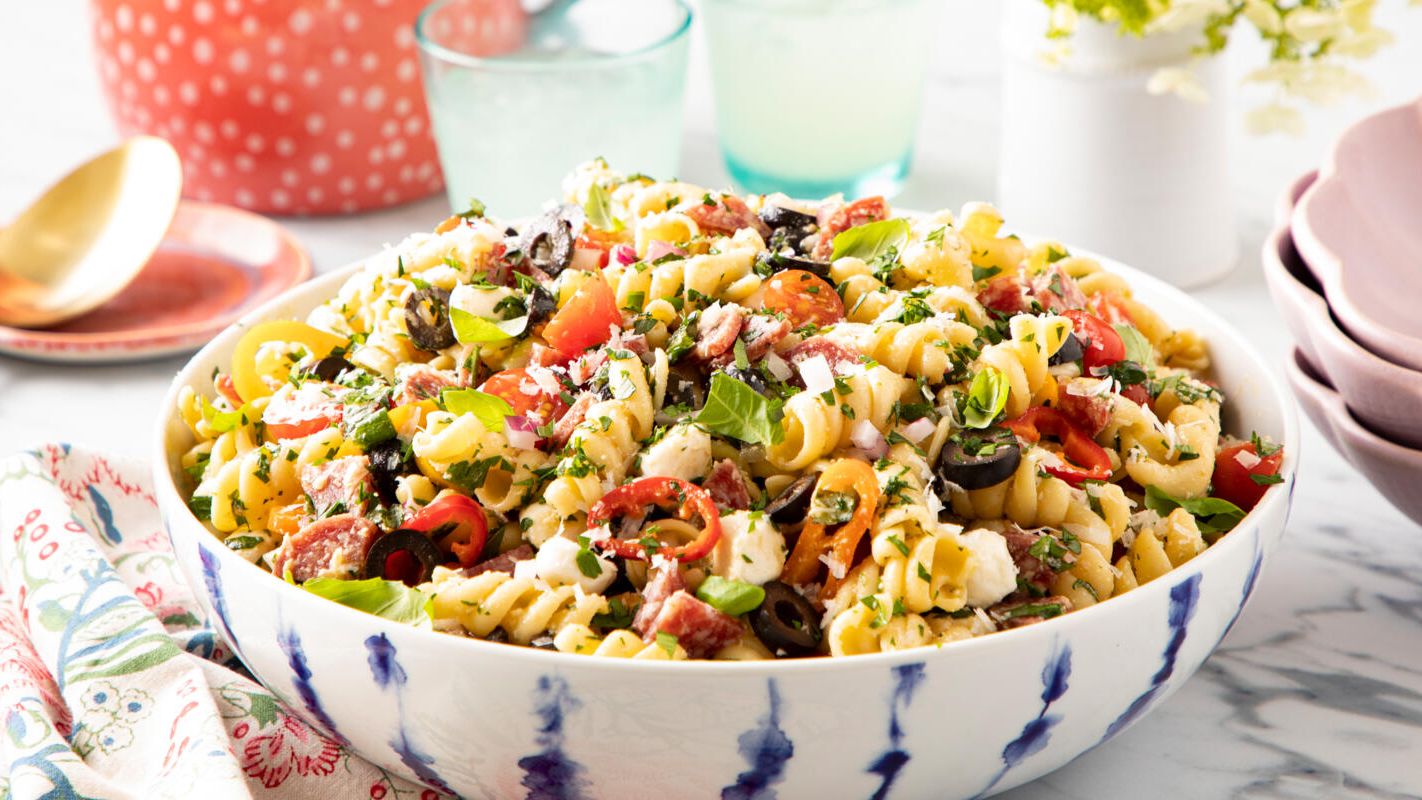

Articles
How To Store Pasta Salad
Modified: August 25, 2024
Discover helpful articles on how to store pasta salad for ultimate freshness and flavor. Learn expert tips and tricks to keep your favorite dish delicious and ready to enjoy whenever you crave it.
(Many of the links in this article redirect to a specific reviewed product. Your purchase of these products through affiliate links helps to generate commission for Storables.com, at no extra cost. Learn more)
Introduction
Pasta salad is a popular and versatile dish enjoyed by many. Its combination of pasta, fresh vegetables, and flavorful dressings make it a delicious and refreshing meal option. Whether you’re preparing pasta salad for a party, potluck, or as a make-ahead meal for the week, proper storage is crucial to maintain its taste, texture, and overall quality.
In this article, we will guide you through the process of storing pasta salad to ensure it stays fresh and appetizing. We will cover everything from preparing the pasta salad for storage to choosing the right container and storing it in the refrigerator or freezer. We will also provide tips for thawing and reheating frozen pasta salad and checking for freshness before consuming.
By following these steps, you can enjoy a delicious pasta salad anytime without worrying about it losing its flavor or becoming soggy. So let’s dive in and learn the best practices for storing pasta salad!
Key Takeaways:
- Properly storing pasta salad preserves its freshness, prevents sogginess, and reduces food waste. Follow steps for preparation, container selection, refrigeration, freezing, and thawing to enjoy delicious pasta salad anytime.
- Thaw and reheat frozen pasta salad for a quick and convenient meal. Check for freshness before consuming to ensure a flavorful and safe dining experience.
Read more: How To Store Salad
Importance of Proper Storage
Properly storing pasta salad is crucial for maintaining its freshness, taste, and quality. When stored incorrectly, pasta salad can quickly become soggy, lose flavor, and even spoil, leading to potential food waste and disappointment. Here are a few reasons why proper storage is important:
- Preserves Freshness: By storing pasta salad correctly, you can preserve its freshness for a longer period. This ensures that the vegetables retain their crunchiness, the pasta remains al dente, and the dressing maintains its flavor profile.
- Prevents Sogginess: One of the common issues with improperly stored pasta salad is sogginess. When the dressing sits on the pasta for too long, it can cause the noodles to absorb excess moisture and become mushy. Proper storage methods help prevent this problem.
- Maintains Flavor: A well-made pasta salad is packed with flavors from the dressing, seasonings, and fresh ingredients. When stored properly, these flavors have a better chance of being preserved, ensuring that each bite is just as delicious as the first.
- Reduces Food Waste: When pasta salad is not stored correctly, it can quickly spoil, resulting in food waste. By following proper storage techniques, you can extend the shelf life of pasta salad and minimize the chances of it going to waste.
- Convenience and Time-saving: Properly stored pasta salad can be a convenient and time-saving meal option. By preparing it in advance and storing it correctly, you can have a ready-to-eat meal on hand for busy days or quick lunches.
Now that we understand the importance of proper storage, let’s dive into the step-by-step process of storing pasta salad to ensure that it stays fresh and delicious.
Step 1: Preparing the Pasta Salad for Storage
Before storing pasta salad, it’s essential to prepare it properly to ensure optimal storage conditions. Here are a few steps to follow:
- Cool the Pasta: After cooking the pasta, drain it and rinse it under cold water to stop the cooking process. This helps to prevent the pasta from becoming overcooked and mushy. Make sure to drain the pasta well to remove any excess moisture.
- Add Dressing and Vegetables: Once the pasta has cooled, transfer it to a large mixing bowl. Add your desired dressing and mix it into the pasta thoroughly, ensuring that all the noodles are coated. Then, add fresh vegetables, such as diced tomatoes, cucumbers, bell peppers, or any other ingredients you prefer.
- Season with Herbs and Spices: Enhance the flavor of your pasta salad by adding a sprinkle of herbs and spices. Common choices include basil, oregano, garlic powder, or Italian seasoning. Mix well to distribute the flavors evenly.
- Adjust Seasoning and Dressing: Taste the pasta salad and adjust the seasoning and dressing according to your preference. You may want to add a pinch of salt, a squeeze of lemon juice, or a drizzle of olive oil to enhance the taste.
By following these steps, you will have a delicious and well-prepared pasta salad ready for storage. The next step is to choose the right container for storing your salad.
Step 2: Choosing the Right Container
Choosing the right container for storing your pasta salad is essential to maintain its freshness and prevent any leakage or damage. Here are some factors to consider when selecting a container:
- Airtight and Leak-proof: Opt for a container that is airtight and leak-proof to prevent air from entering and moisture from escaping. This helps to keep the pasta salad fresh and prevents any dressing or liquid from seeping out.
- Size and Shape: Select a container that is spacious enough to hold the entire pasta salad without overcrowding. Avoid using containers that are too small, as they can cause the pasta salad to become compacted and lose its texture.
- Durable and Microwave-safe: Consider using a container that is made from durable material, such as glass or BPA-free plastic. Ensure that it is microwave-safe if you plan to rewarm the pasta salad later.
- Divided Containers: If you prefer to keep certain ingredients separate, look for a divided container with compartments. This allows you to store the dressing, vegetables, and pasta separately, preventing any sogginess or mixing of flavors until you are ready to enjoy.
- Transparent: Opt for a transparent container that allows you to see the contents without having to open it. This helps you monitor the freshness of the pasta salad without unnecessary exposure to air or handling.
Once you have chosen the right container, it’s time to move on to the next step – storing the pasta salad in the refrigerator.
Step 3: Storing the Pasta Salad in the Refrigerator
Properly storing pasta salad in the refrigerator is crucial to maintain its freshness and prevent the growth of bacteria. Follow these steps to ensure optimal storage:
- Cool the Salad: Allow the prepared pasta salad to cool completely before storing it in the refrigerator. This prevents condensation and helps maintain the salad’s texture.
- Transfer to the Container: Once the pasta salad has cooled, transfer it to the chosen container. Ensure that the container is clean and dry before adding the pasta salad. Fill the container with the pasta salad, leaving a little space at the top for expansion.
- Seal the Container: Seal the container tightly to create an airtight seal. This helps to maintain the freshness of the pasta salad and prevents any odors from contaminating it.
- Label and Date: To avoid confusion and ensure you consume the pasta salad within a reasonable timeframe, label the container with the contents and the date of preparation.
- Store in the Refrigerator: Place the sealed container in the refrigerator, preferably on one of the middle shelves where the temperature is most consistent. Avoid storing the pasta salad in the refrigerator door, as the temperature fluctuations can degrade its quality.
- Consume within 3-4 Days: Pasta salad stored in the refrigerator should be consumed within 3-4 days to maintain its freshness. Beyond that, the quality may start to deteriorate, and there is an increased risk of foodborne bacteria.
By following these steps, you can ensure that your pasta salad stays fresh and enjoyable for several days. However, if you want to store it for longer periods, freezing is an option. Let’s explore that in the next step.
Store pasta salad in an airtight container in the refrigerator to keep it fresh. Add a drizzle of olive oil and toss before storing to prevent it from drying out.
Read more: How To Store Fruit Salad
Step 4: Freezing the Pasta Salad (optional)
If you want to store your pasta salad for an extended period, freezing is an excellent option. Freezing can help preserve the flavors and texture of the pasta salad. Follow these steps to freeze your pasta salad:
- Cool the Salad: Allow the pasta salad to cool completely before freezing. This helps to prevent the formation of ice crystals and maintain the salad’s texture.
- Divide into Portion Sizes: Divide the pasta salad into individual or family-sized portions, depending on your future usage. This makes it easier to thaw only the desired amount without having to defrost the entire batch.
- Transfer to Freezer Bags or Containers: Place each portion of the pasta salad into freezer-safe bags or containers. Remove any excess air from the bags and seal them tightly to prevent freezer burn. If using containers, make sure they are suitable for freezing and have an airtight seal.
- Label and Date: Clearly label each bag or container with the contents and the date of freezing. This helps you keep track of the stored pasta salad and ensures you use it within a reasonable timeframe.
- Freeze: Place the sealed bags or containers in the freezer, laying them flat to maximize space. Allow sufficient space between the bags or containers for air circulation, which helps with freezing and thawing.
- Consume within 2-3 Months: Frozen pasta salad can maintain its quality for approximately 2-3 months. It’s best to consume it within this timeframe to avoid any decline in taste or texture.
Freezing your pasta salad allows you to enjoy it at a later time without worrying about it spoiling. When you’re ready to enjoy the frozen pasta salad, follow the next step to thaw and reheat it properly.
Step 5: Thawing and Reheating Frozen Pasta Salad (optional)
If you have frozen pasta salad and want to enjoy it again, follow these steps to thaw and reheat it properly:
- Thaw in the Refrigerator: The safest way to thaw frozen pasta salad is by transferring it from the freezer to the refrigerator. Allow the pasta salad to thaw slowly in the refrigerator overnight or for several hours until it becomes completely thawed.
- Bring to Room Temperature: Once thawed, let the pasta salad sit at room temperature for about 30 minutes to an hour. This helps to bring it to a slightly warmer temperature and enhances the flavors.
- Toss to Reincorporate: After it has come to room temperature, toss the pasta salad gently to mix the ingredients and dressing together. This ensures that all components are evenly distributed.
- Adjust Seasoning: Taste the pasta salad and adjust the seasoning if necessary. You may want to add a small amount of fresh herbs, additional dressing, or a sprinkle of salt and pepper to refresh the flavors.
- Serve and Enjoy: Once you are satisfied with the taste and texture, serve the thawed pasta salad immediately. You can enjoy it cold or, if you prefer a warm version, proceed to the next step for reheating.
- Reheat (Optional): If you prefer to have a warm pasta salad, you can lightly heat it in a microwave-safe dish or on the stovetop using low heat. Reheat it until it reaches the desired temperature, being careful not to overcook it.
By following these steps, you can safely thaw and reheat your frozen pasta salad, ensuring that it tastes delicious and retains its original texture.
Let’s move on to the final step, where we will discuss how to check the pasta salad’s freshness before consuming it.
Step 6: Checking for Freshness before Consuming
Before enjoying your stored pasta salad, it’s essential to check for freshness to ensure that it is safe to consume. Follow these guidelines to assess the freshness:
- Visual Inspection: Examine the pasta salad for any signs of spoilage, such as mold, discoloration, or an off-putting odor. If you notice any of these signs, discard the pasta salad immediately as it may be unsafe to consume.
- Texture Check: Give the pasta salad a gentle stir and take note of the texture. If the pasta feels slimy, overly mushy, or has a significant change in texture, it may indicate that it has passed its prime and is no longer fresh.
- Sensory Evaluation: Take a small taste of the pasta salad and assess its flavor and aroma. If you notice any peculiar or unpleasant tastes or smells, it may indicate that the salad has spoiled and should not be consumed.
- Fresh Ingredient Assessment: Pay attention to the freshness of the individual ingredients in the pasta salad, such as vegetables and proteins. If any ingredients appear wilted, discolored, or have an off smell, it is advisable to remove them or discard the entire salad.
It’s important to trust your senses when evaluating the freshness of stored pasta salad. If you have any doubts about its quality or safety, it is best to err on the side of caution and discard it.
By following these steps and guidelines, you can store and enjoy pasta salad with confidence, knowing that it is flavorful, fresh, and safe to consume.
Now that you have learned all the steps to properly store and maintain the quality of pasta salad, you can prepare it in advance and enjoy your delicious creation whenever you desire!
Conclusion
Pasta salad is a versatile and delicious dish that can be enjoyed on various occasions. Whether you’re preparing it for a party, potluck, or as a make-ahead meal, proper storage is essential to maintain its freshness, taste, and quality.
By following the steps outlined in this article, you can ensure that your pasta salad remains fresh and appetizing for an extended period. From preparing the pasta salad to choosing the right container and storing it in the refrigerator or freezer, each step plays a crucial role in maintaining its optimal flavor and texture.
Remember to cool the pasta properly, add your desired dressing and vegetables, and adjust the seasoning to your preference. Choose a container that is airtight and leak-proof, and label it with the date for easy tracking. When storing in the refrigerator, place the container on the middle shelf and consume within 3-4 days.
If you prefer to store pasta salad for an extended period, freezing is an option. Ensure that you divide it into portion sizes, use freezer-safe bags or containers, and consume within 2-3 months for the best quality. Thawing the frozen pasta salad in the refrigerator slowly and reheating it (if desired) can bring back its flavors and textures.
Before consuming the stored pasta salad, always check for signs of spoilage, such as mold or off-putting odors. Trust your senses and discard any pasta salad that appears or tastes spoiled.
By following these guidelines and steps, you can store and enjoy pasta salad without compromising its taste or quality. So go ahead and prepare a flavorful pasta salad, store it with care, and savor its deliciousness whenever you’re ready!
Frequently Asked Questions about How To Store Pasta Salad
Was this page helpful?
At Storables.com, we guarantee accurate and reliable information. Our content, validated by Expert Board Contributors, is crafted following stringent Editorial Policies. We're committed to providing you with well-researched, expert-backed insights for all your informational needs.
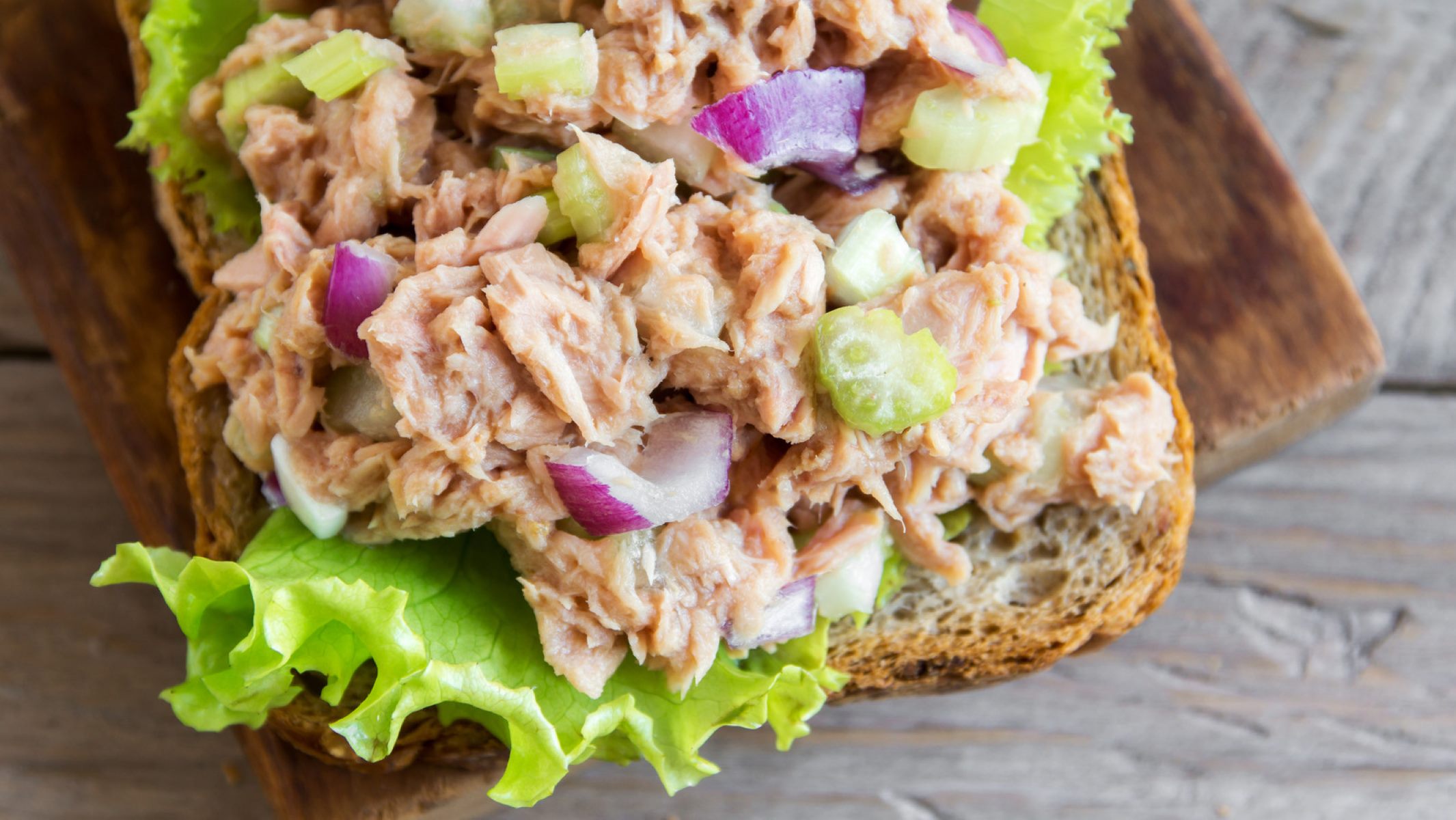
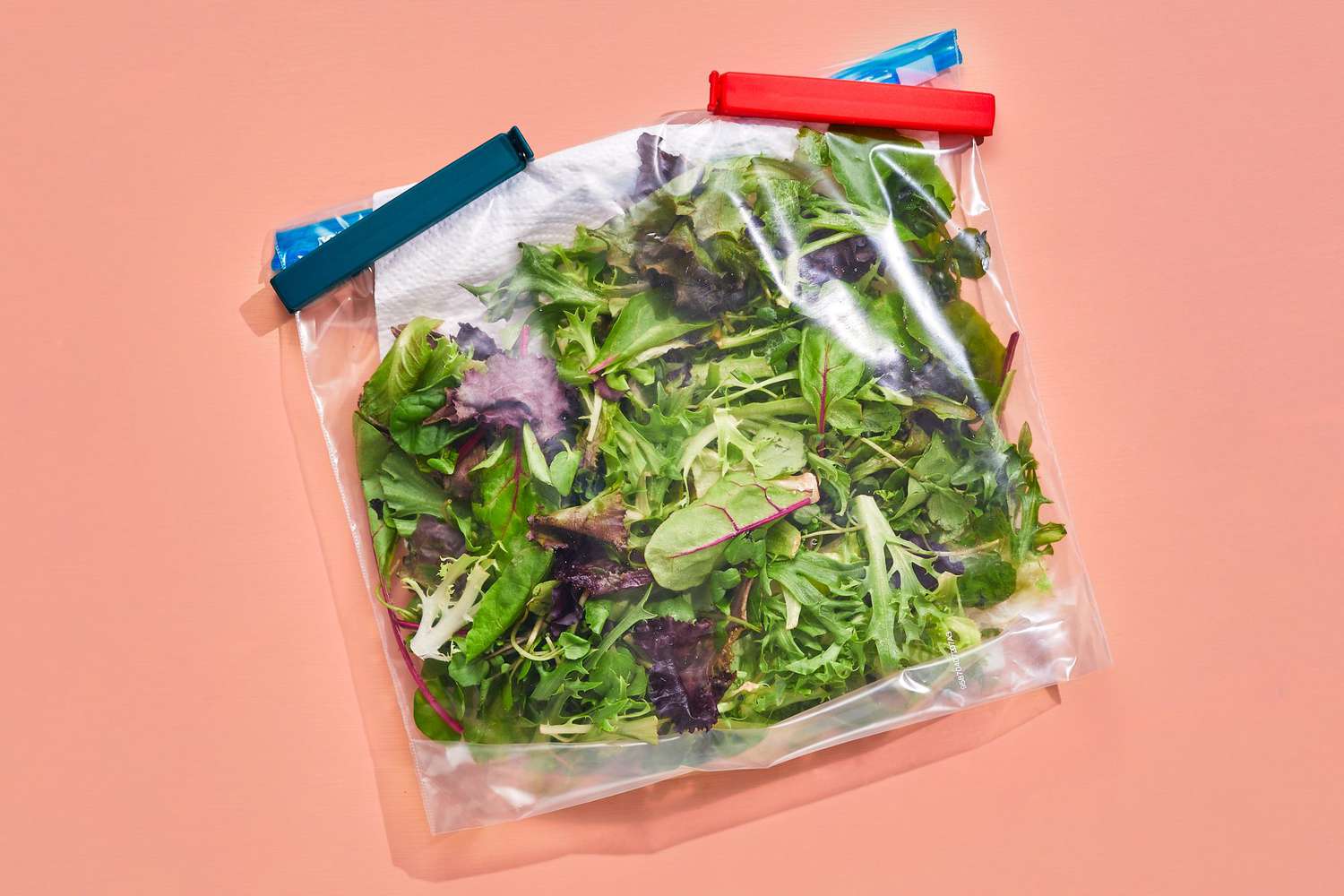
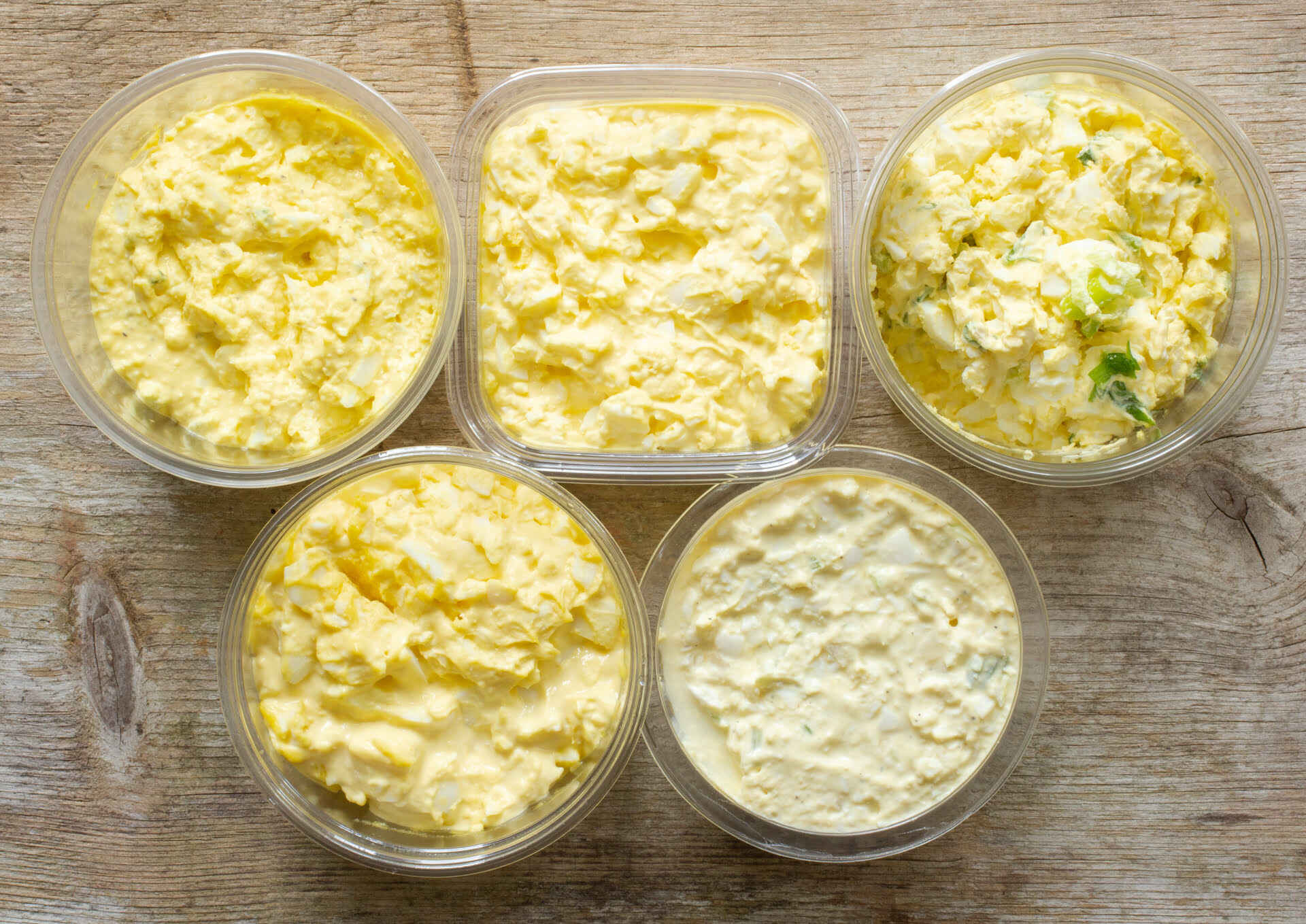
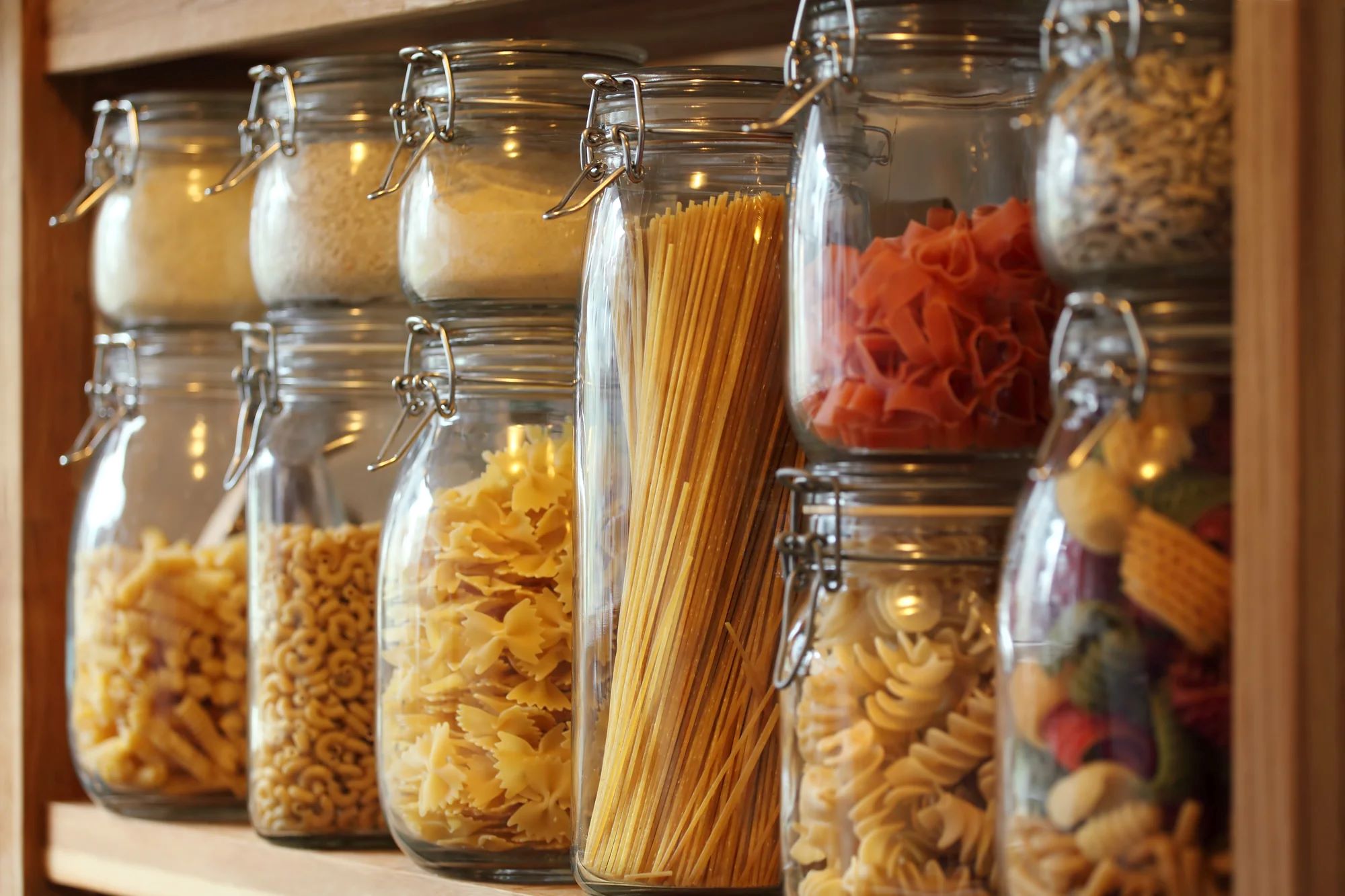
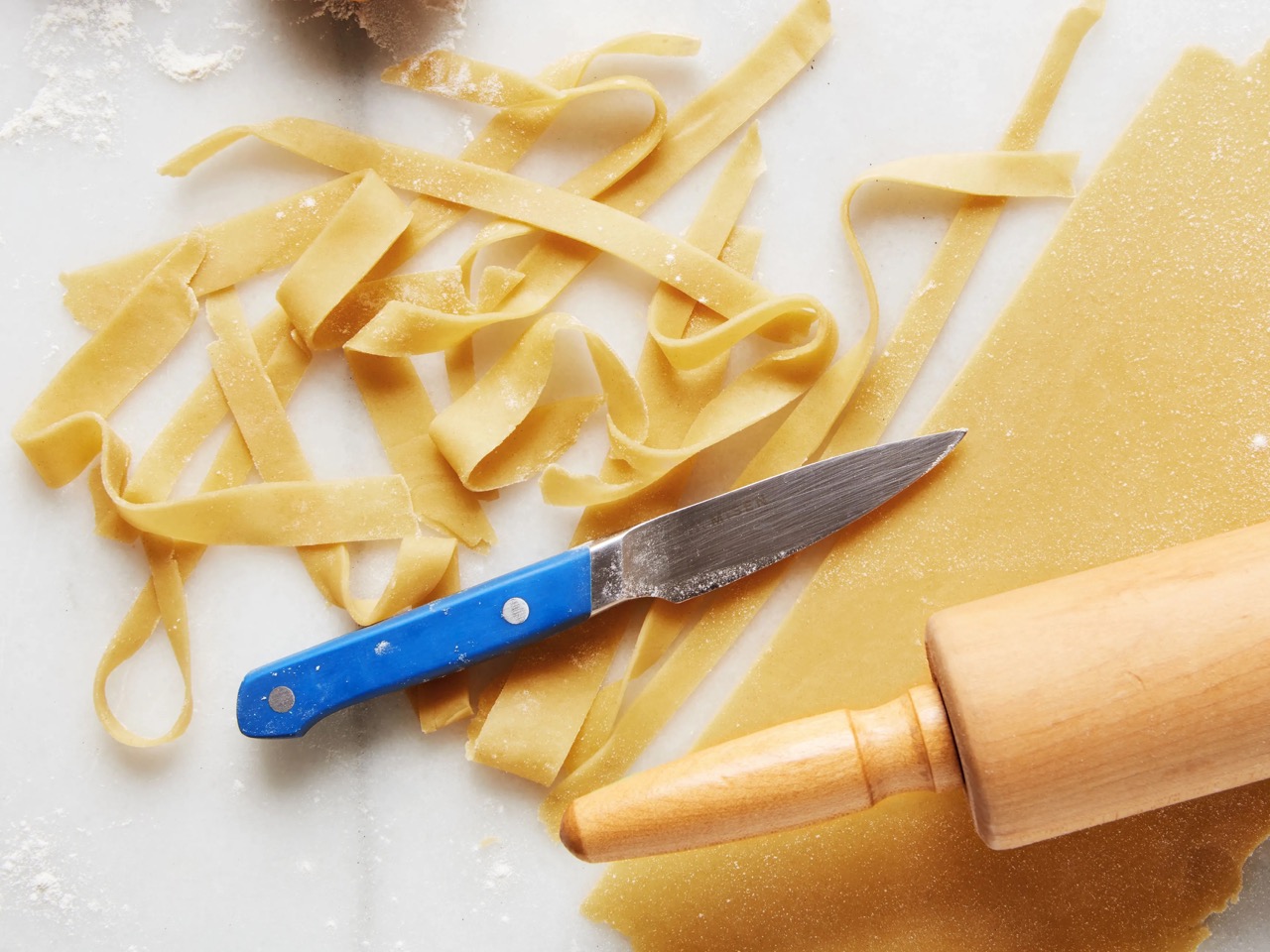
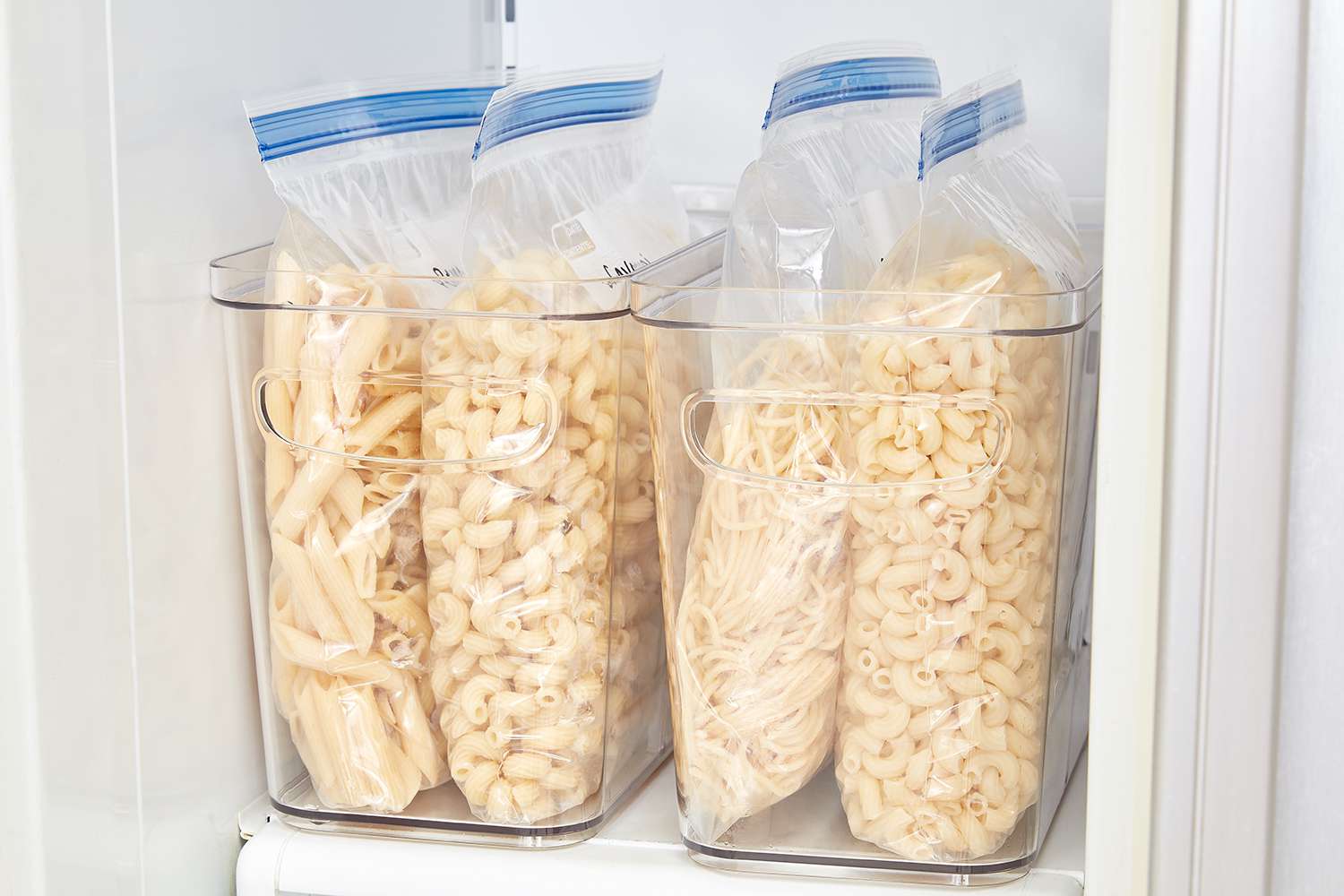
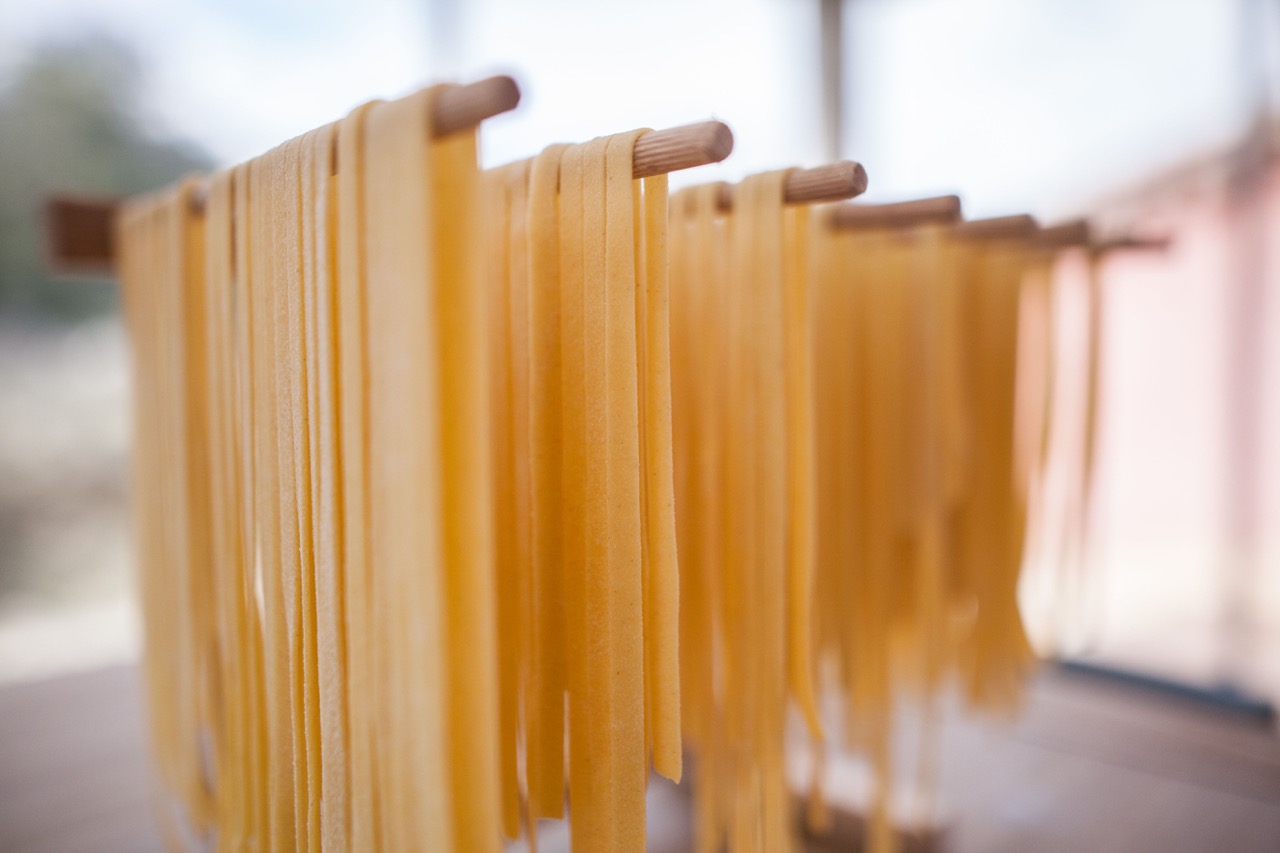
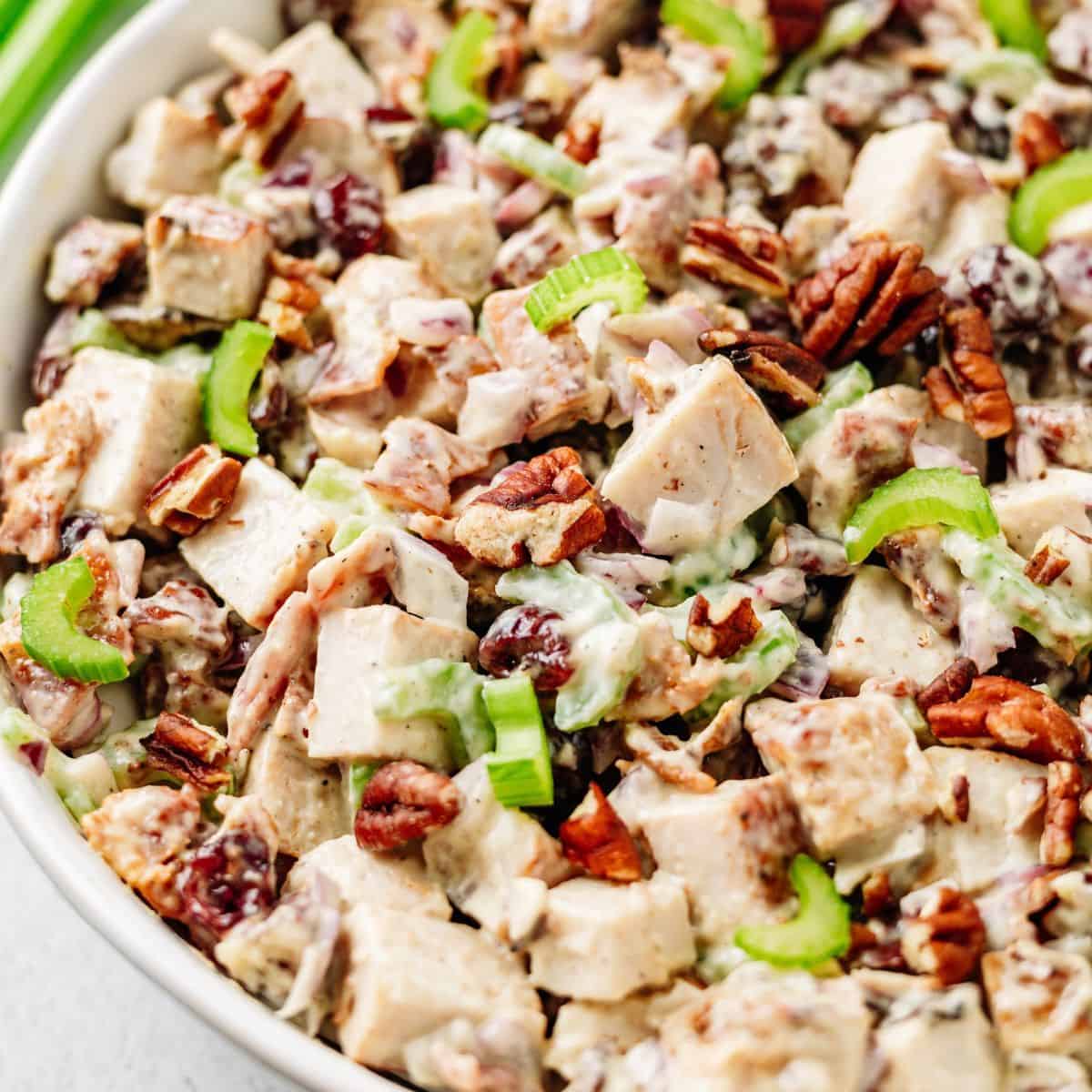
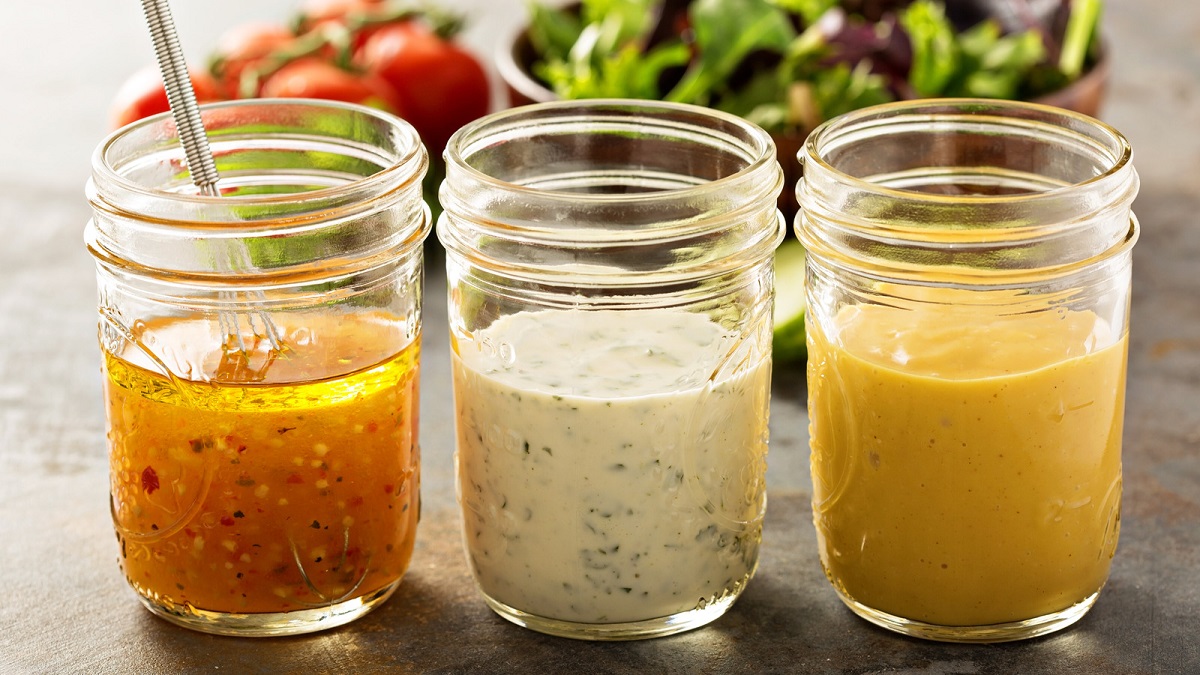
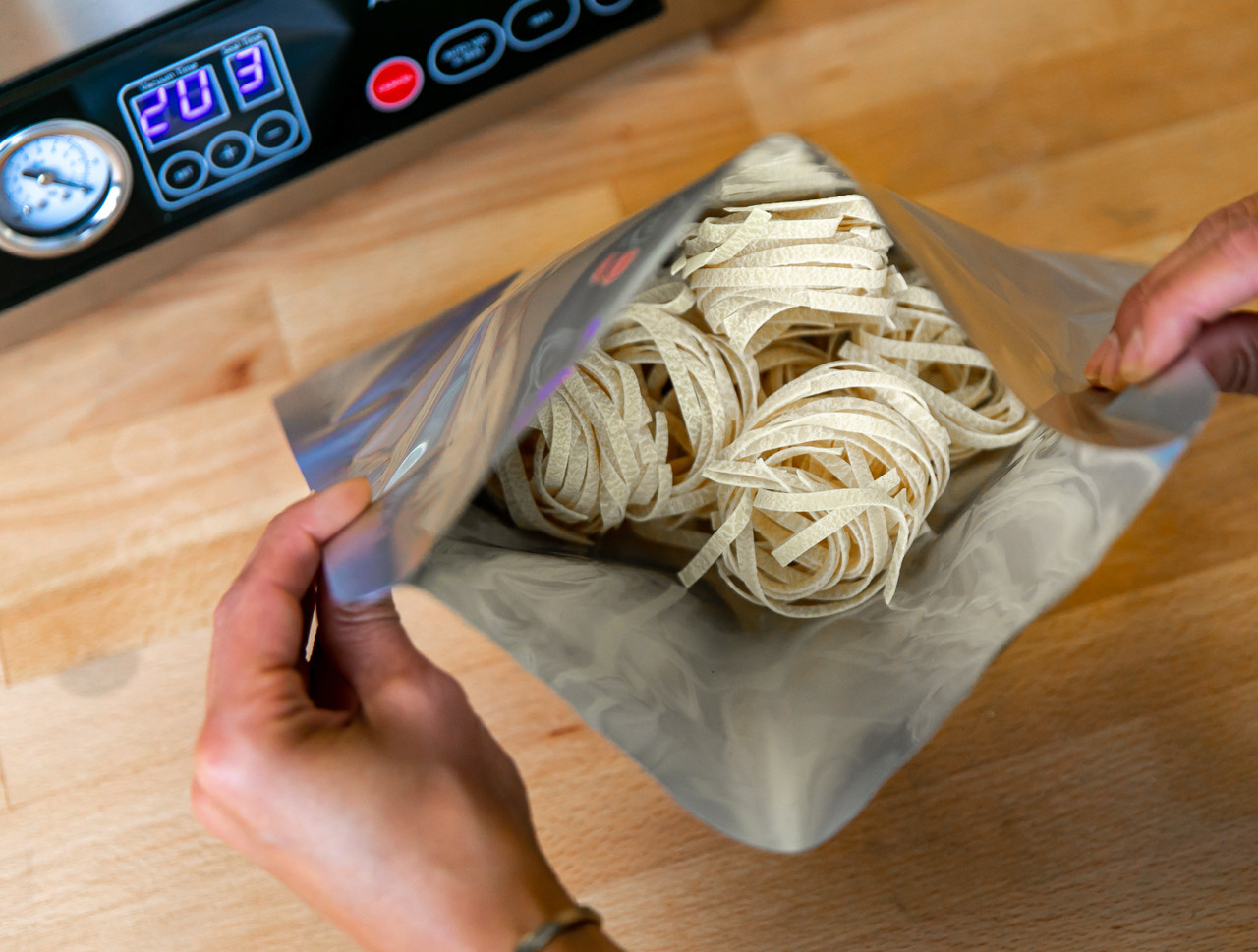

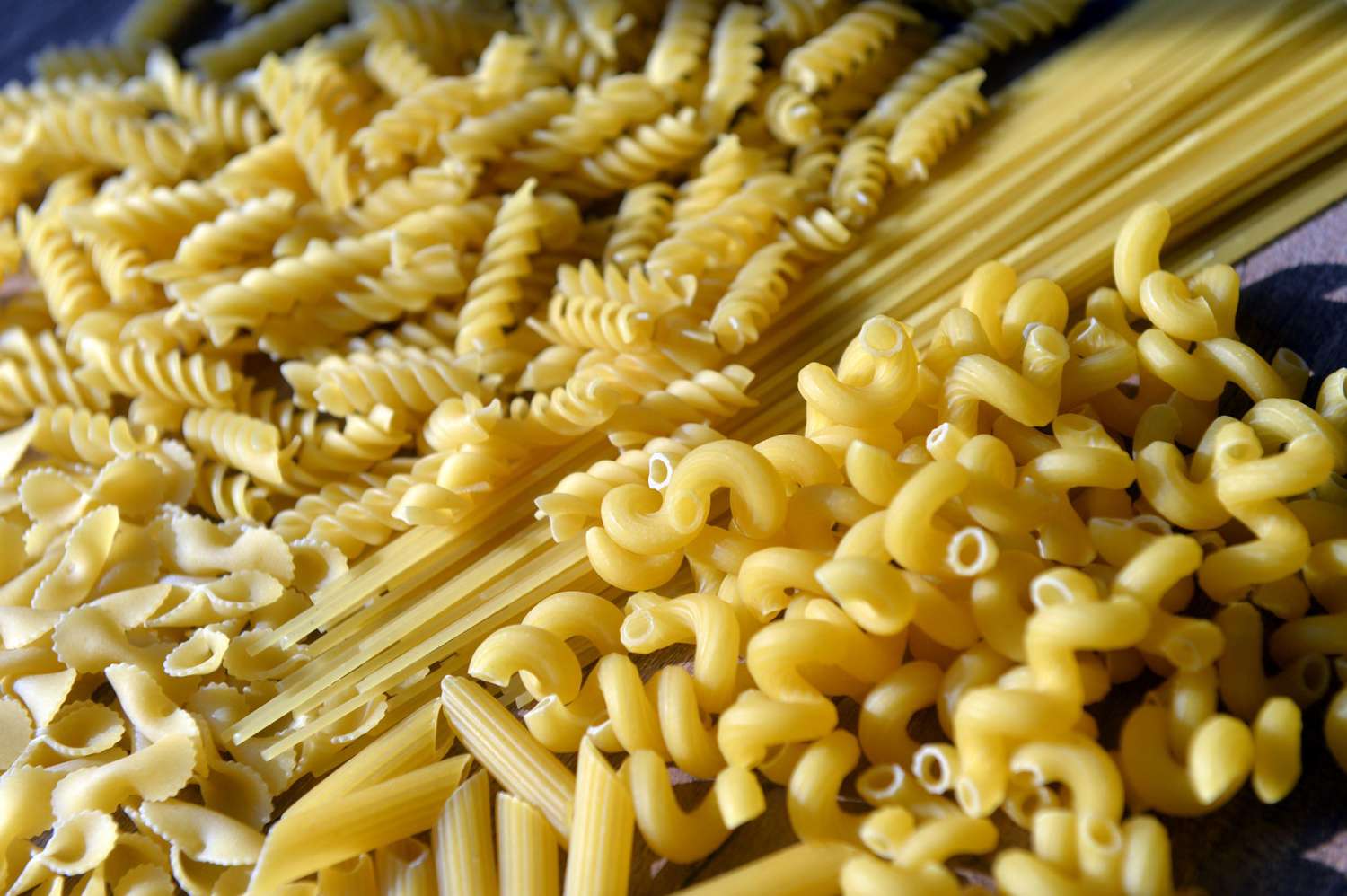
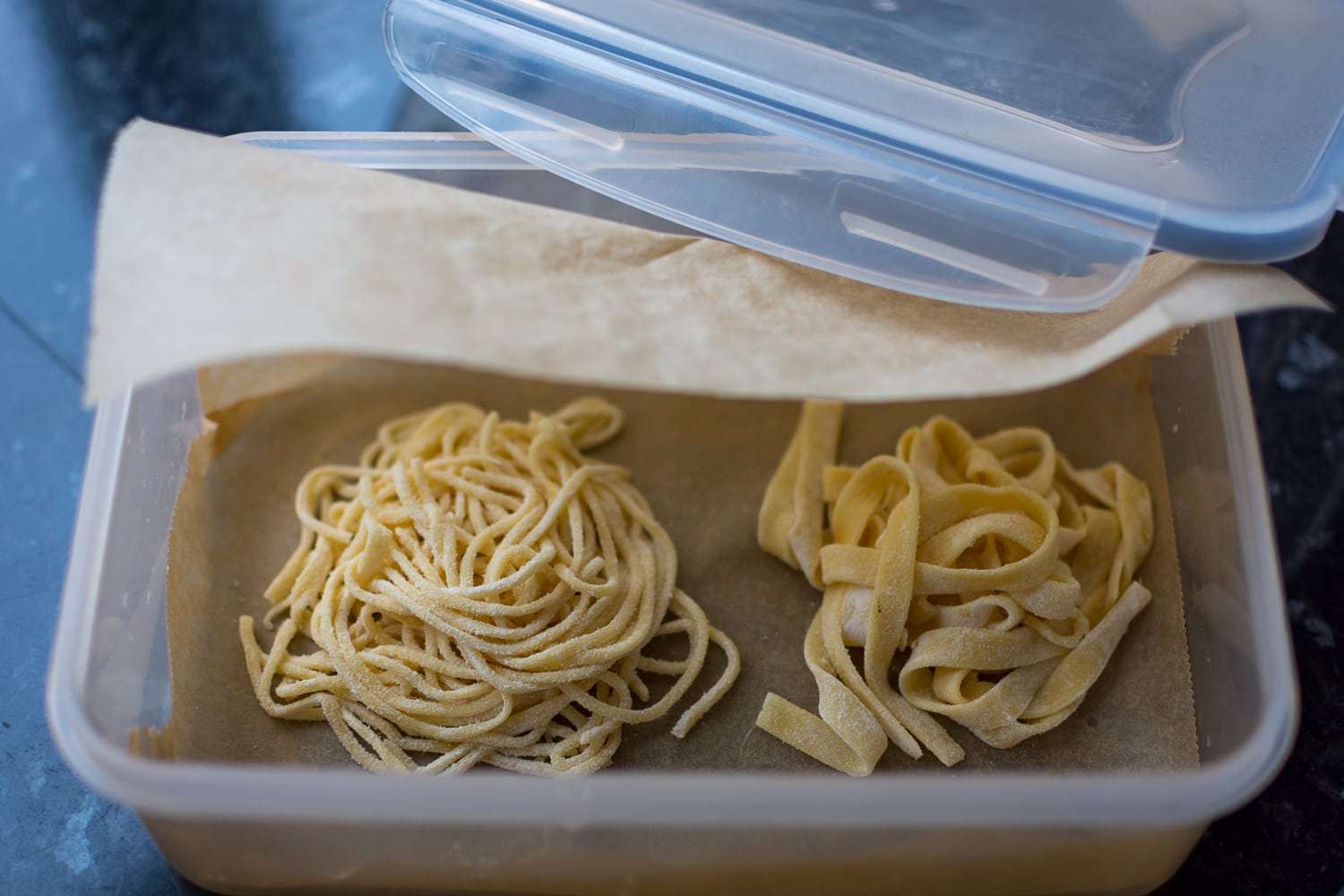
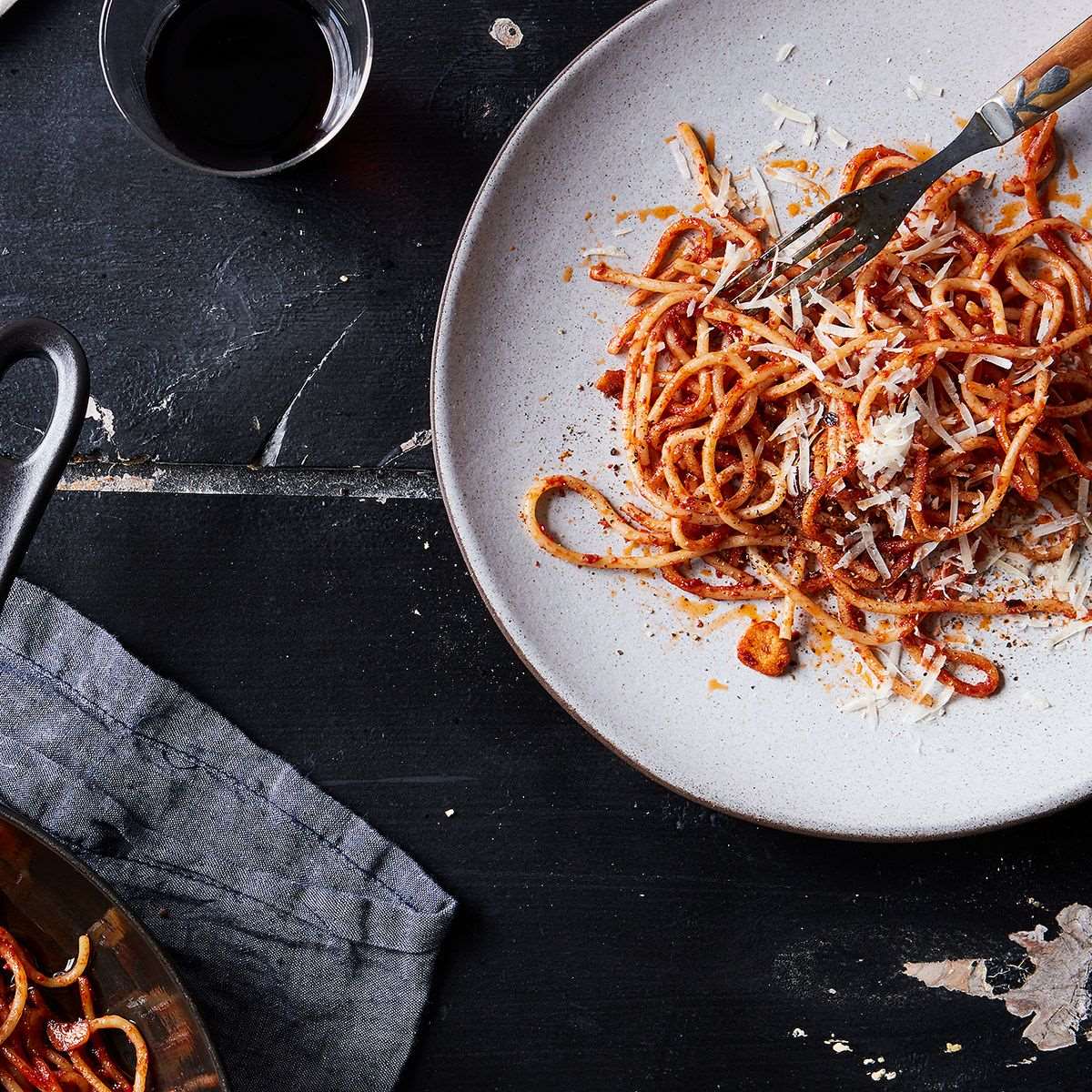

0 thoughts on “How To Store Pasta Salad”